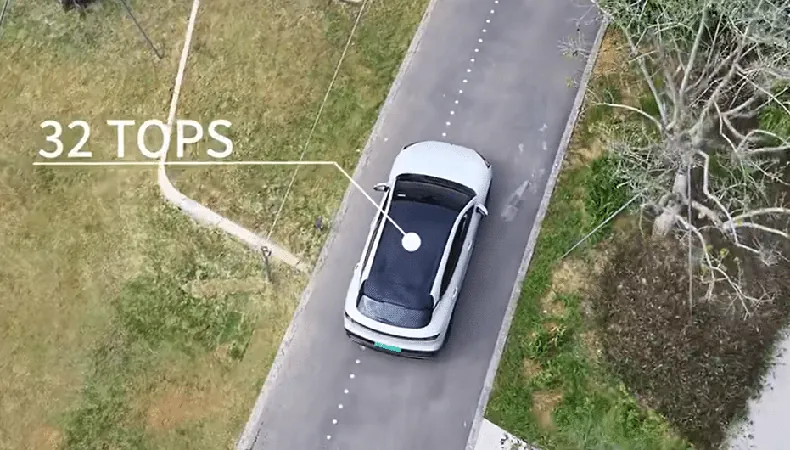
Breakthrough in Urban Smart Driving: DJI's Zhuoyu Unleashes Next-Gen Technology in China
2024-12-31
Author: Wei Ling
Overview
On January 31, Zhuoyu, formerly known as DJI Automotive, announced a significant breakthrough in urban smart driving technology, achieving this feat with a surprisingly low computing power requirement of just 32 TOPS (Tera Operations Per Second) on a medium-level 7V computing platform. This innovative stride could revolutionize how smart vehicles navigate congested city streets.
Industry Context
Traditionally, many of China’s leading automotive manufacturers, including Xpeng, Li Auto, and Nio, have relied heavily on the powerful Nvidia Orin X chip, which delivers a staggering 254 TOPS. Most of these companies use two Orin X chips, while Nio utilizes four, creating a heavy reliance on high-performance computing for urban driving capabilities.
Zhuoyu’s Chengxing Platform
Zhuoyu dares to challenge this norm with its proprietary Chengxing Platform, which leverages the same end-to-end algorithm architecture across its systems. By utilizing its 7V + 32 TOPS configuration, Zhuoyu showcases a model that is fundamentally aligned with its more robust versions—7V/10V + 100 TOPS—demonstrating that high levels of performance can be achieved without overwhelming computational demands.
Market Position and Competitive Edge
Remarkably, Zhuoyu asserts itself as the pioneering smart driving supplier capable of delivering urban pilot driving assistance on such a medium computing power platform. The firm's advantage lies in its ability to utilize cross-computing power and cross-configuration reuse, reducing costs and complexity for automotive manufacturers.
Innovation Focus
In a significant departure from traditional methods, Zhuoyu emphasizes that enhancing software and algorithms yields a more profound impact on driving experience than merely increasing the number of sensors. By implementing device-side computing power optimization, Zhuoyu ensures that its model is meticulously trained and optimized to suit specific chip characteristics, allowing for effective deployment even under limited computing capabilities.
Future Plans
The Chengxing Platform remains adaptable and is already being utilized by numerous Chinese automotive producers. Zhuoyu plans to provide its customers a free over-the-air (OTA) software upgrade once its software matures and enters mass production, a milestone anticipated around 2025. This upgrade promises to enhance the driving experience for users of its foundational 7V + 32 TOPS system significantly.
Conclusion
As urban mobility evolves, Zhuoyu's breakthroughs herald a new era of smart driving technology, potentially reshaping how cities manage transportation and paving the way for smarter, more efficient vehicles. With this innovation, we may soon witness a future where technology and urban infrastructure work seamlessly together, transforming our daily commutes.
 Brasil (PT)
Brasil (PT)
 Canada (EN)
Canada (EN)
 Chile (ES)
Chile (ES)
 Česko (CS)
Česko (CS)
 대한민국 (KO)
대한민국 (KO)
 España (ES)
España (ES)
 France (FR)
France (FR)
 Hong Kong (EN)
Hong Kong (EN)
 Italia (IT)
Italia (IT)
 日本 (JA)
日本 (JA)
 Magyarország (HU)
Magyarország (HU)
 Norge (NO)
Norge (NO)
 Polska (PL)
Polska (PL)
 Schweiz (DE)
Schweiz (DE)
 Singapore (EN)
Singapore (EN)
 Sverige (SV)
Sverige (SV)
 Suomi (FI)
Suomi (FI)
 Türkiye (TR)
Türkiye (TR)
 الإمارات العربية المتحدة (AR)
الإمارات العربية المتحدة (AR)